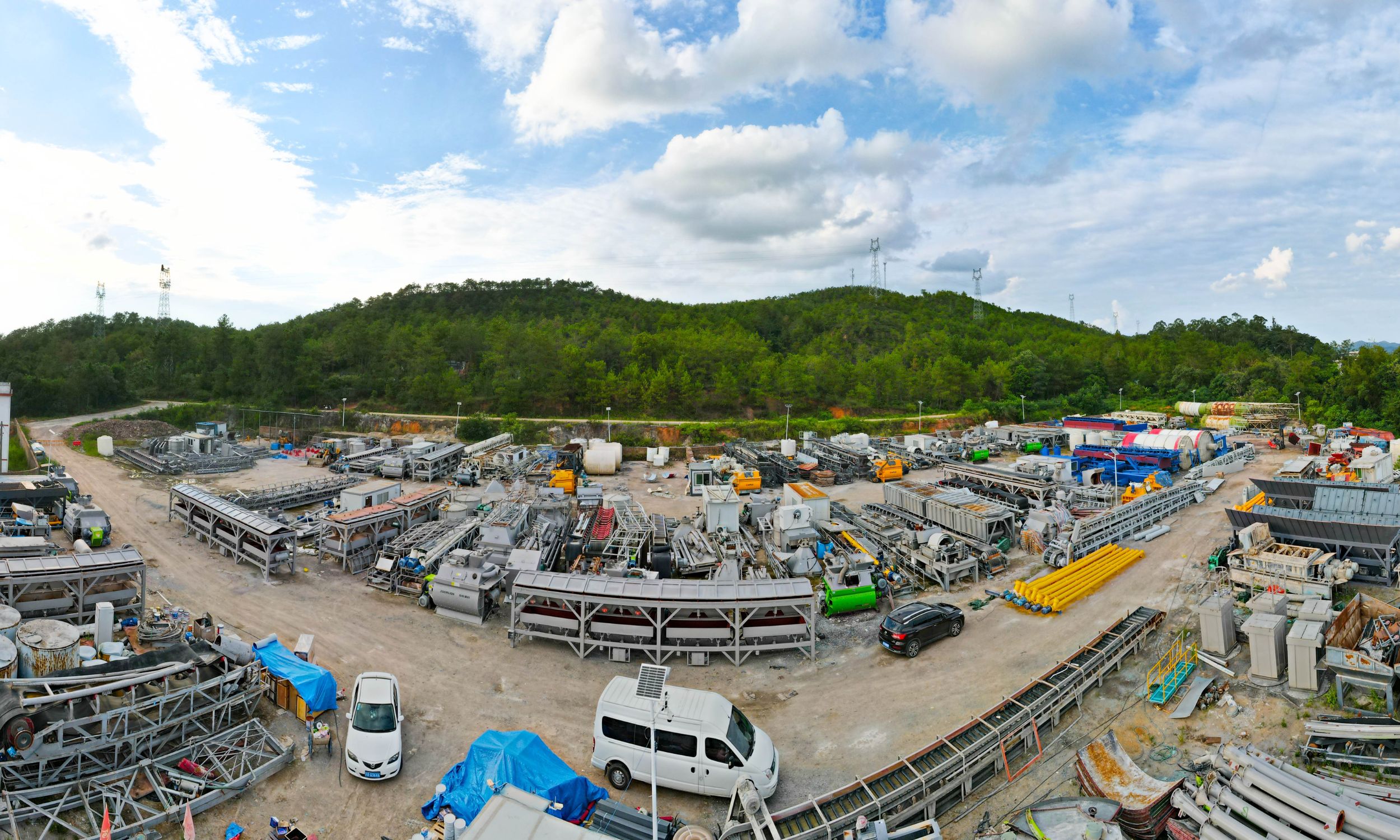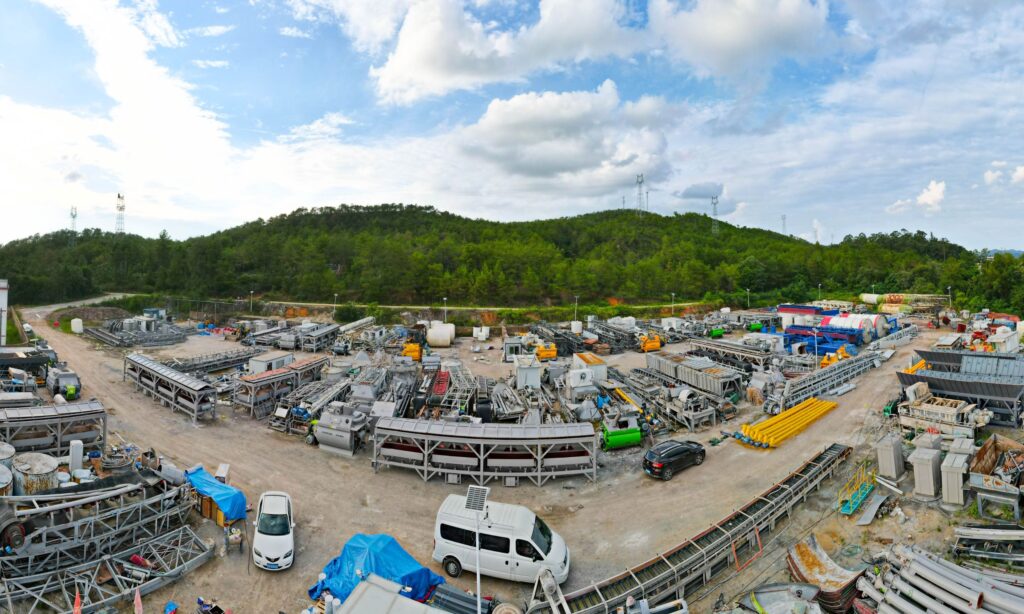
Investing in a concrete batch plant is a critical decision for construction companies. The right choice can mean lower costs, higher efficiency, and consistent project success. With many options available, including used and refurbished models, understanding key factors helps in making a profitable decision.
1. Assess Your Production Needs
Every project has unique demands. For small to mid-scale operations, compact plants provide flexibility and mobility. Larger projects, such as highways or commercial complexes, require high-capacity plants like the Liebherr 120 Double Line Haier, which excels in durability and precision.
2. Consider Equipment Features
Modern batch plants include advanced features:
- Axial Planetary Blender for mixing uniformity 35% above the national standard.
- Heavy Loading Systems with German sensors, ensuring error rates below 0.5%.
- Energy-Efficient Designs that reduce operational costs over long lifespans.
- These features directly impact the quality of concrete and project efficiency.
3. Factor in Cost Savings
Buying new batch plants can be expensive. Zhongtai offers first-hand supply of decommissioned equipment, providing up to 50% savings. Clients also benefit from verified maintenance records, ensuring transparency and trust.
4. Logistics and After-Sales Support
Purchasing the plant is only the beginning. Proper disassembly, transportation, and reassembly services are vital. Zhongtai provides end-to-end logistics and quality inspection services, ensuring your equipment is delivered in perfect working condition.
5. Trust Proven Experience
With over 10 years of industry consolidation, Zhongtai has become a trusted partner for 300+ enterprises. Our professional inspection teams provide on-site evaluations, ensuring that each machine meets strict performance standards.
Conclusion
Choosing the right batch plant is about balancing cost, efficiency, and durability. By selecting Zhongtai’s verified, refurbished concrete batch plants, companies not only reduce expenses but also gain long-term reliability. The result: higher project success rates and stronger business growth.


The cantilevered and stepped massing plays into the building’s sustainability benefits, as it forms balconies and green roofs that allow occupants fresh air and stunning views of the city.